Lynn Paxton—My Way
 by Don Robinson
by Don Robinson
“It all began on a cold winter’s night in Dillsburg, PA, in 2012. I had previously asked Lynn if I could record his recollections of his racing career. To be honest, I really didn’t know if anyone had ever attempted to capture his stories. I met Barb that same night, for the first time. At the conclusion of the first taping session, she followed me out the door. I thought, ‘Oh boy . . . what’s going on here?’
She wasted no time getting to the point. (To be sure, she was very gracious.) ‘Don,’ she said, ‘are you doing what I think you’re doing?’ Well, I said, ‘Mrs. Paxton, what do you think I’m doing?’ She asked, ‘Are you taping him?’ Before I could ask the next obvious question, she answered it for me . . .
‘I want you to keep doing this,’ she said. ‘Nobody has ever done this before!’”
Bugs, freaks, supers, sprints, LMS, sportsman, cut-downs, modifieds, KARS—getting warmer? If none of these quicken the pulse, this book will need some explaining. Like this: “Sprint car drivers are a breed apart. There is no other type of racing that depends more on the driver and less on the car.” Even if these archly American branches of the motorsports tree seem utterly alien, the book has plenty to say about life, values, character, and that other archly American trait, stick-to-itiveness (yes, that’s a real word).

Names of people, places, sponsors, cars will have your head spinning! Not to worry, there’s an Index!
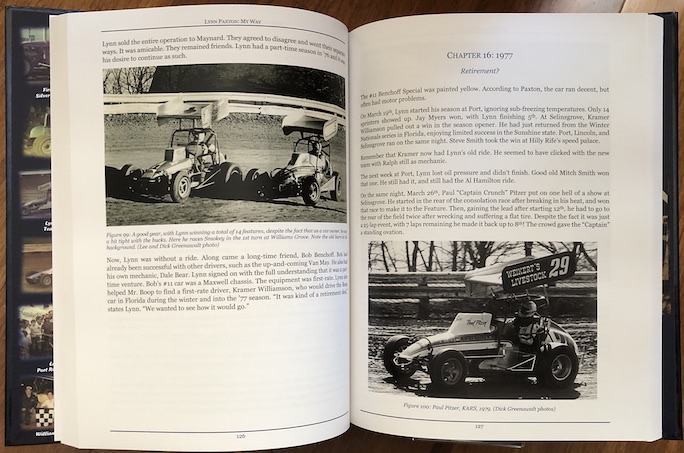
Still on the fence? One Dick Berggren wrote the Foreword, and surely you recognize him, if not as a racer then as a fixture on NASCAR television broadcasts from 1981–2012, or founder of two auto racing magazines, or founder of the New England Racing Museum. He has known Paxton since 1974 so when he ranks this book as “carefully researched” and “comprehensive,” believe it.
To return to the opening quote, it “only” took another 10-odd years to record, intermittently, this oral history and now there is finally, and for the first time, a proper book that will be a handy resource to anyone in the future who will wonder why for years and decades there had only been scattered magazine articles and interviews about the man who pocketed more sprint car wins than anyone, is one of the remaining pioneers of his sport, founded a museum, restores race cars, and, probably most important to him, presides over a large family clan that loves him even if he hadn’t done any of those other things. Paxton (b. 1944) turned 80 the year this biography came out, and while seemingly indefatigable, time stands still for no man.
Interestingly, author Robinson points out that in all the years of interviewing Paxton, which inevitably means hearing the same stories multiple times and multiple ways, they remained essentially unchanged, meaning they didn’t “grow” in the telling. This speaks to Paxton’s no-nonsense way of doing things and to his priorities. Consider, for instance, that in so many of the photos of him receiving yet another trophy, his kids are crawling all over him. And they, and the grandkids and their families are all over this book too; well, they populate several sections at the back when the story shifts to personal matters.
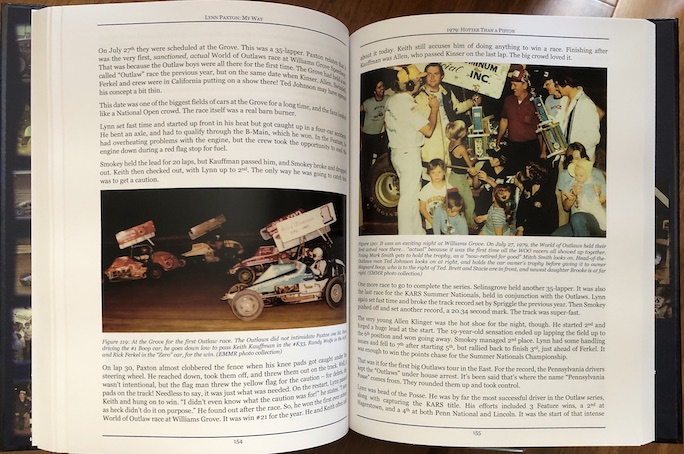
Racing as a family affair.
After setting the scene—which includes an explanation of why the Eastern US and especially Pennsylvania were such a force in these categories of racing—the book proceeds in chronological fashion, one year per chapter for 1965 to 1983 (Paxton’s wife had kept voluminous scrapbooks), the latter entitled “All Done” when it’s clearly not because the next one is “1984 and Beyond”—Paxton never “officially” retired from racing and certainly not from a busy life of “doing things” (business, race car restoration, the museum etc.).
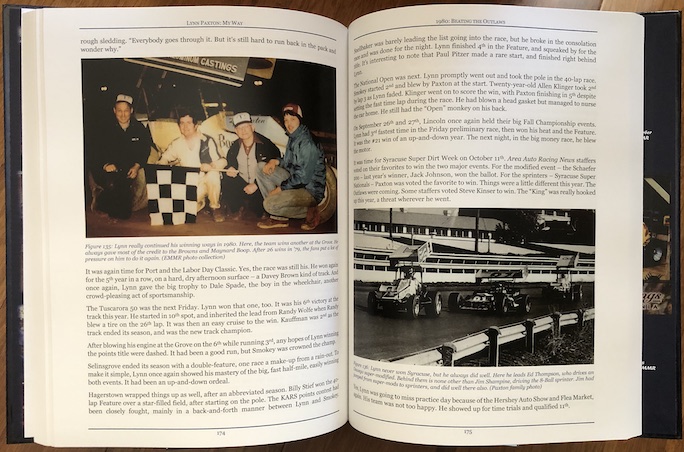
Pity the photo on the right is so dark it’s hard to see the cars in detail but you can gauge from the scale/shape that these are wildly different machines.
That museum is The Eastern Museum of Motor Racing (EMMR) on the Latimore Valley Fairgrounds (a former racetrack) in Pennsylvania and it is discussed at length here. It houses some of the most important race cars of the “Golden Era” in the US as well as a vast collection of racing memorabilia, also a research library that is open to the public. Author Robinson wears many hats there and is also a Director.
There are plenty of period photos, not always the sharpest but that would be an absurd expectation anyway. Quite a few press clippings, a table of career stats, and wins sorted by date/track round out the picture. There’s even a Bibliography and a fine Index. A portion of the sales proceeds will go to the EMMR.
A housekeeping notice: for all practical purposes this is a self-published book, but it looks and feels in every way like a fully professional offering. This is because Paxton connected with an outfit called Year of the Book Press, an “artisanal publishing house” that offers different tiers of author services, from one-on-one coaching to design to ISBN/Copyright application etc.
Copyright 2024, Sabu Advani (speedreaders.info).


 RSS Feed - Comments
RSS Feed - Comments
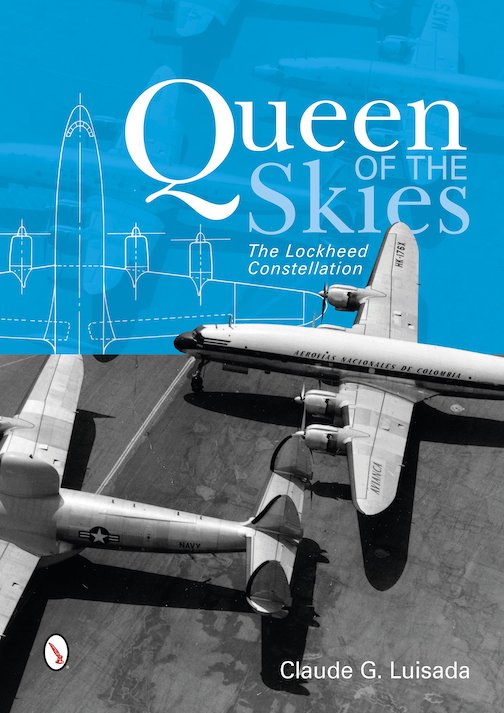
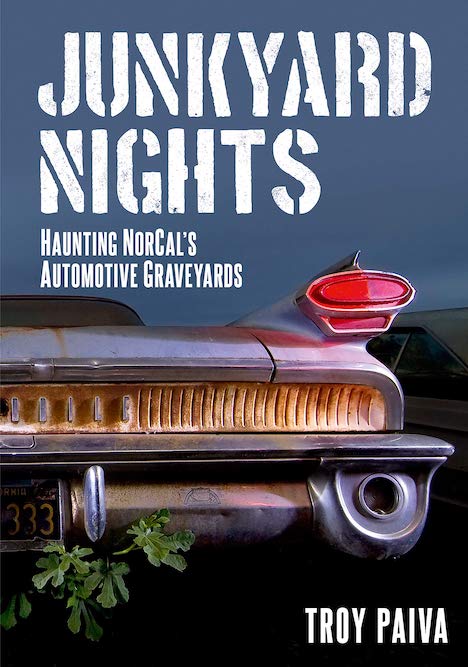
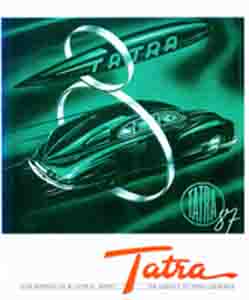
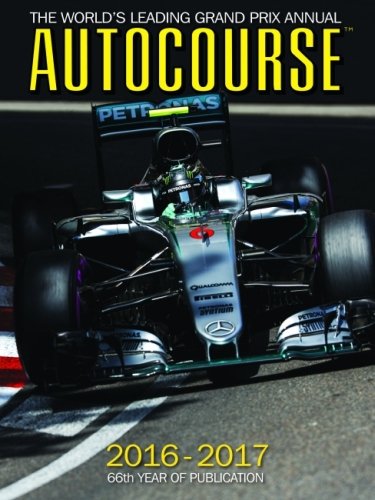
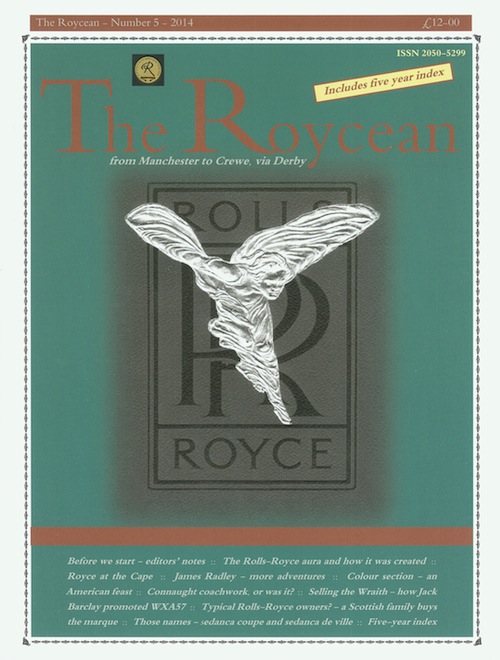
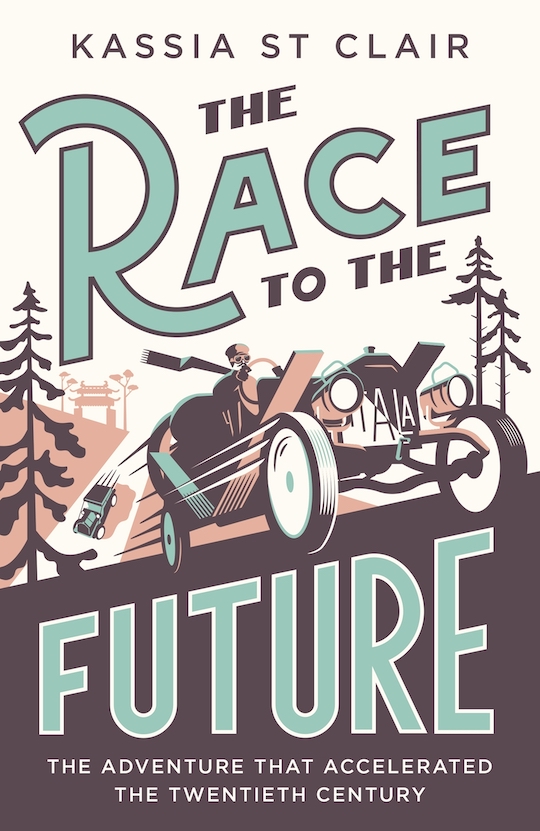
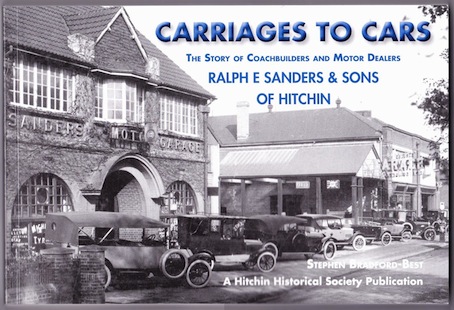
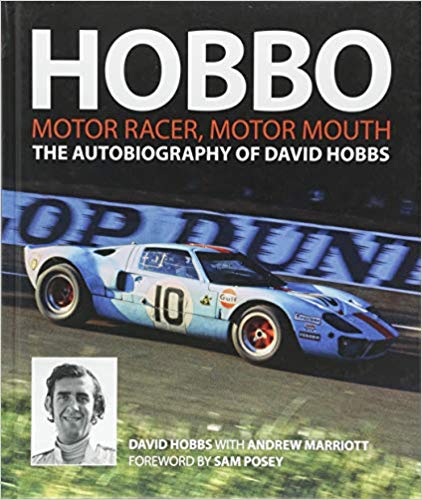
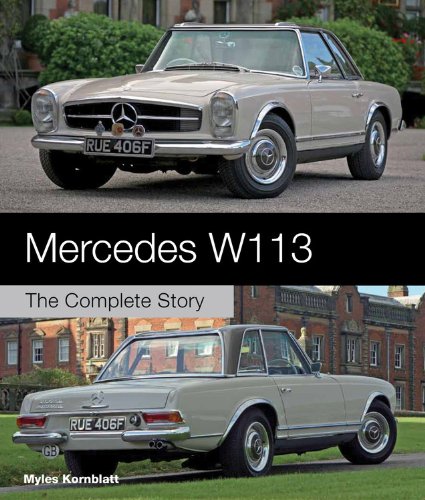
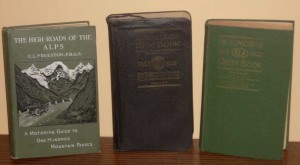




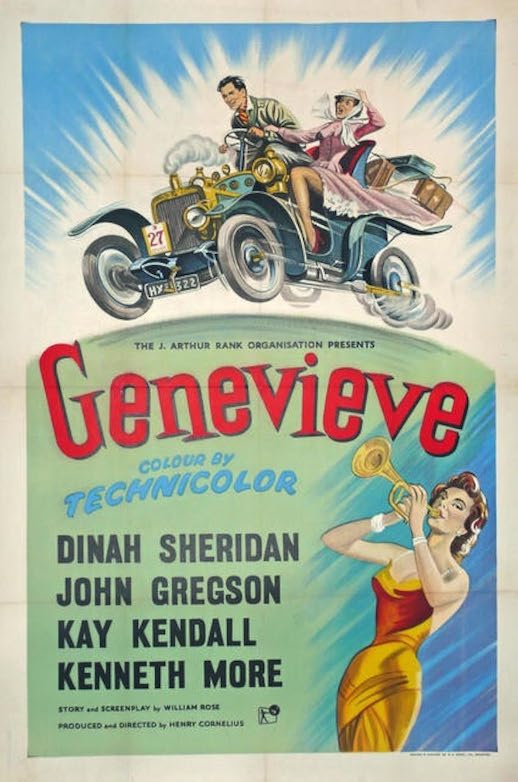
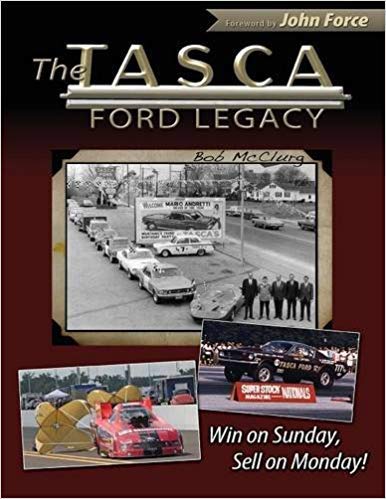
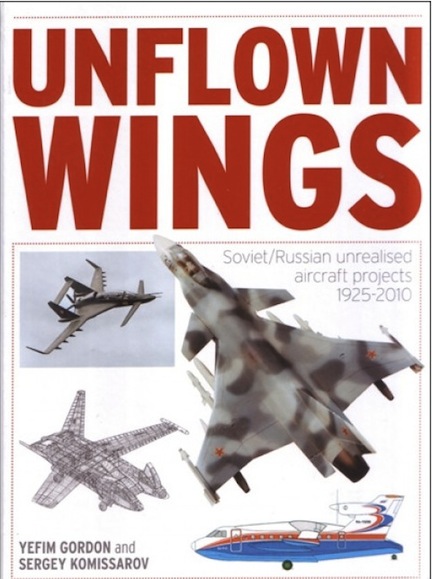

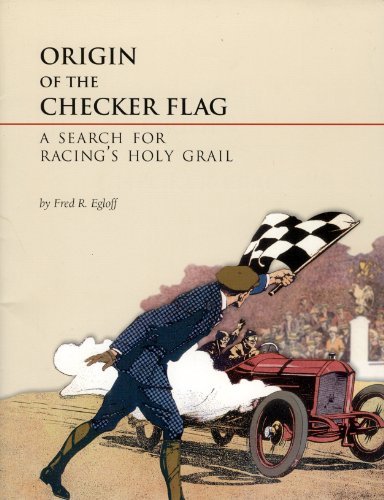
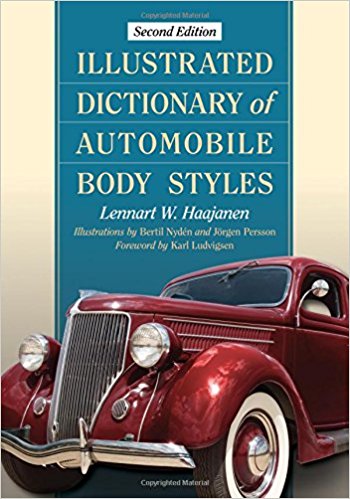



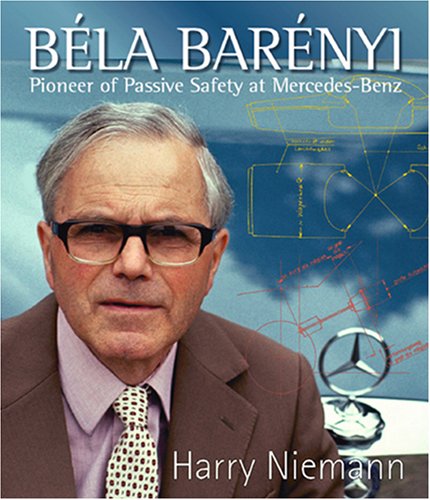
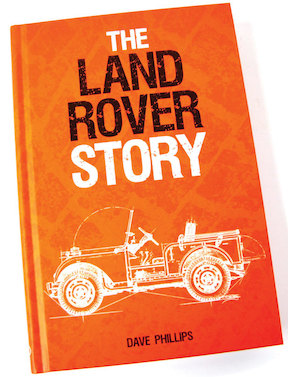

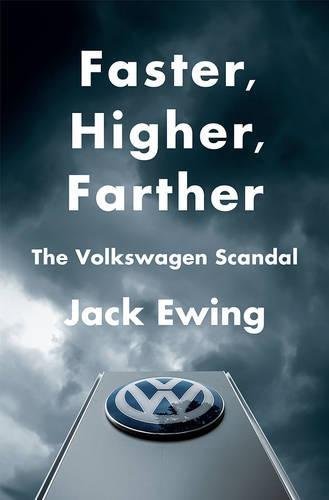

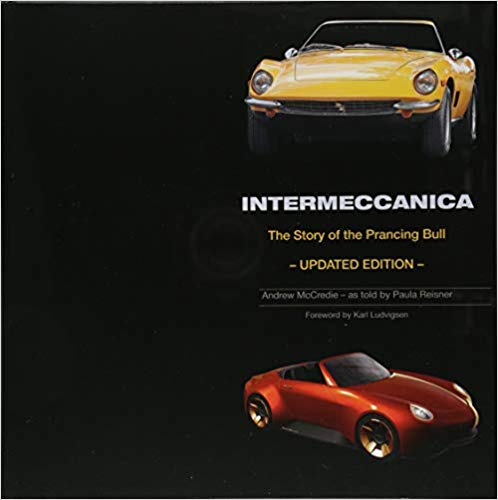
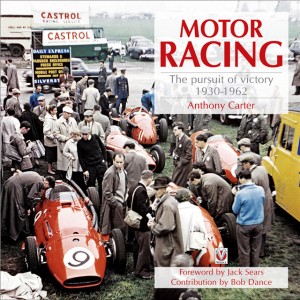

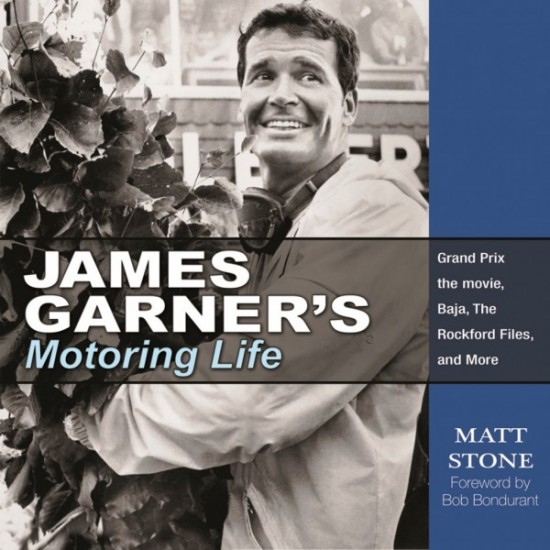



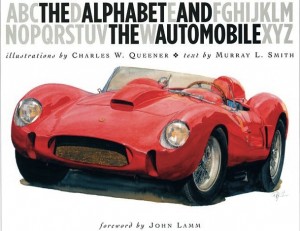
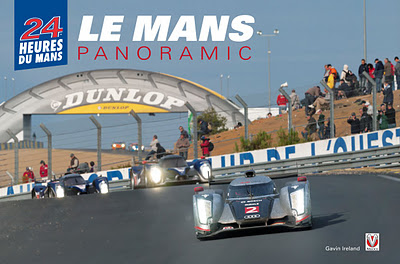
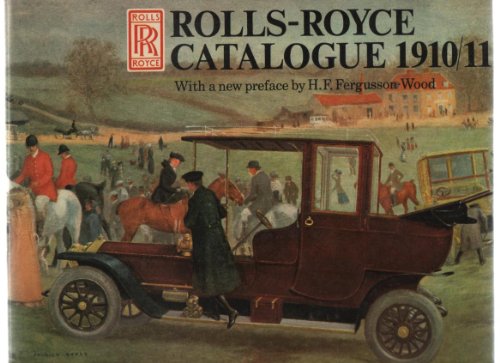
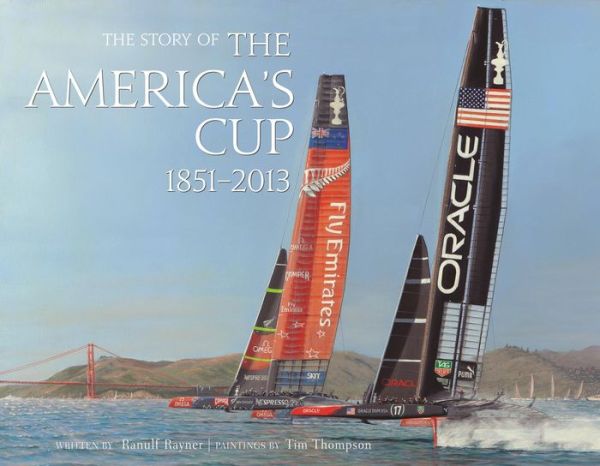
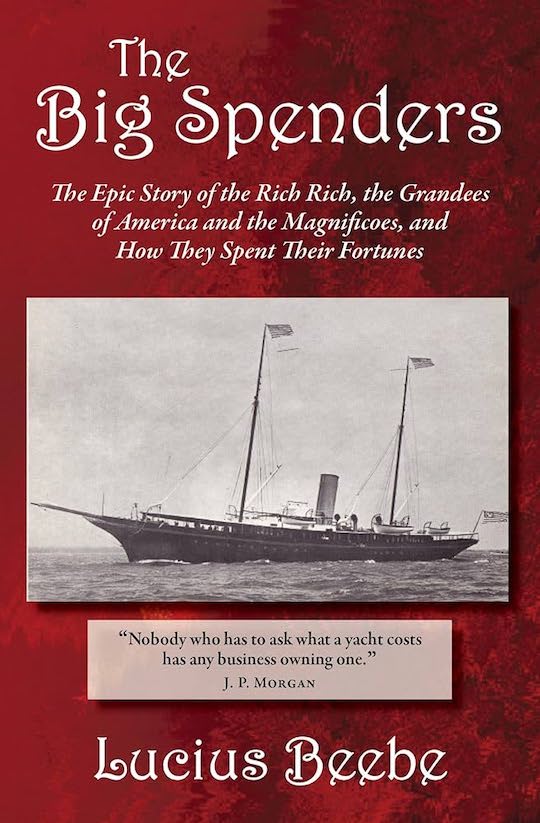
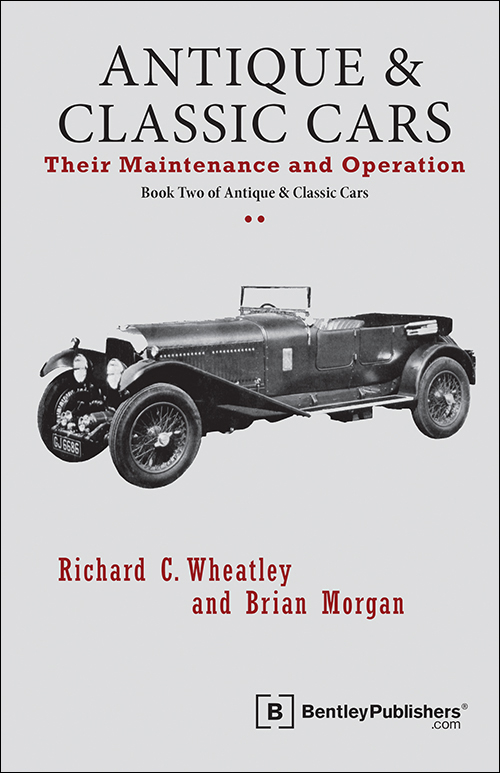
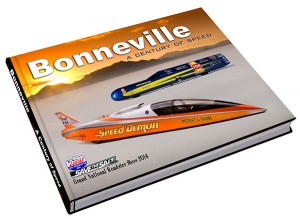
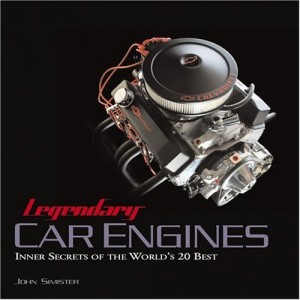
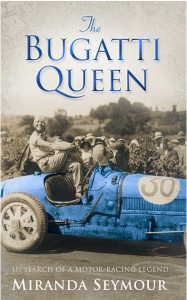
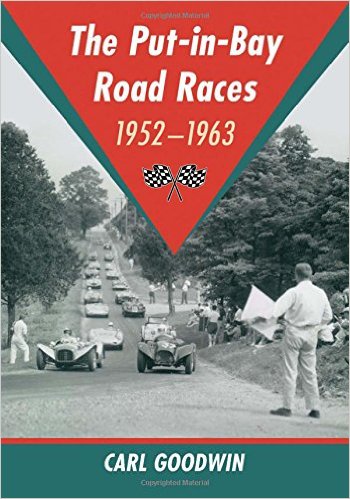
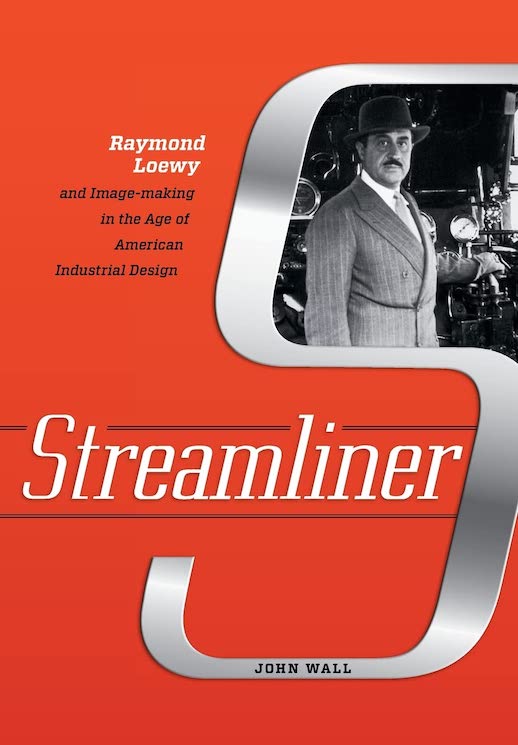


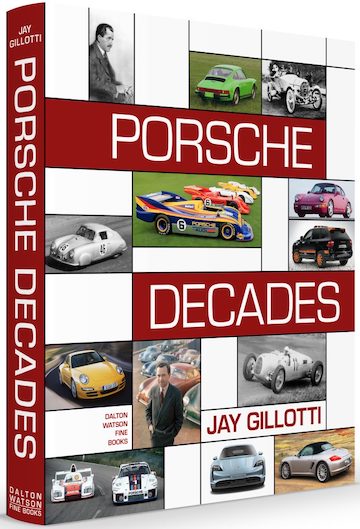
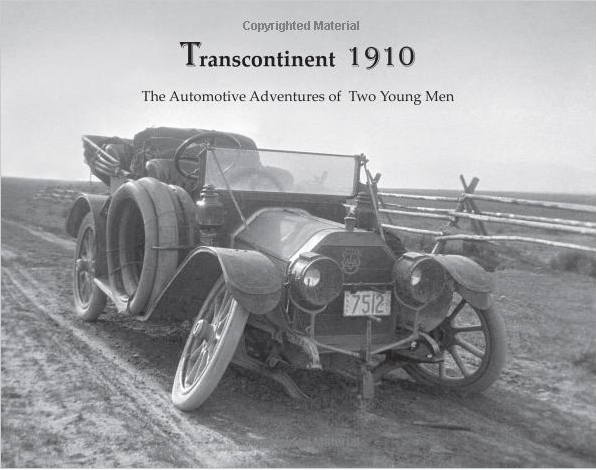
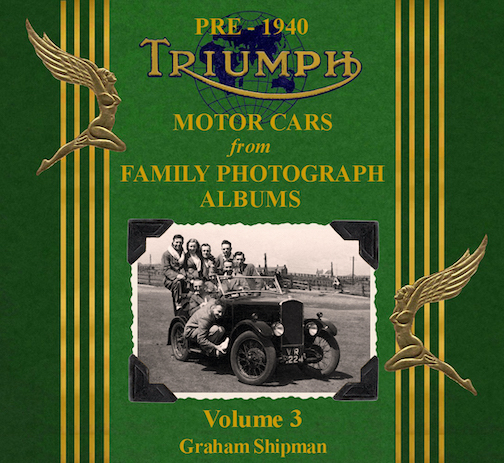


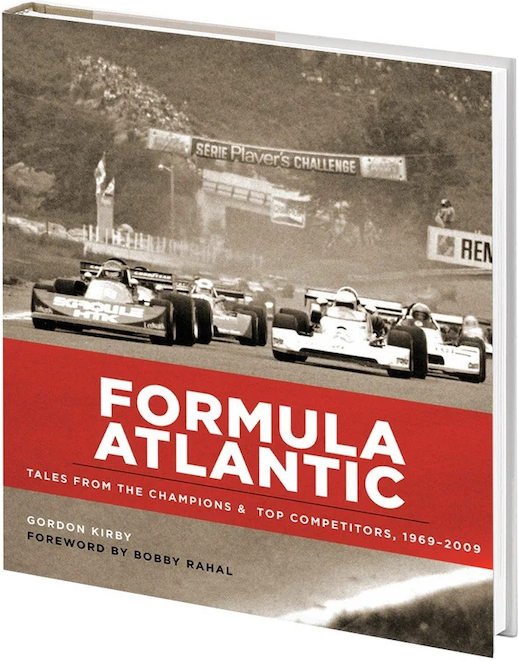




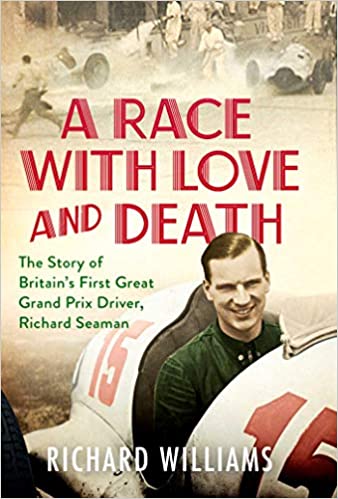
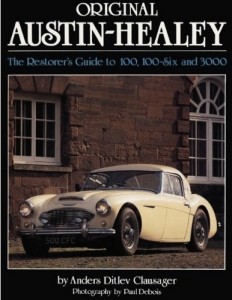
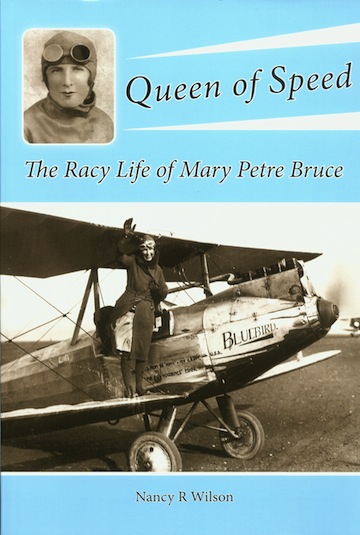
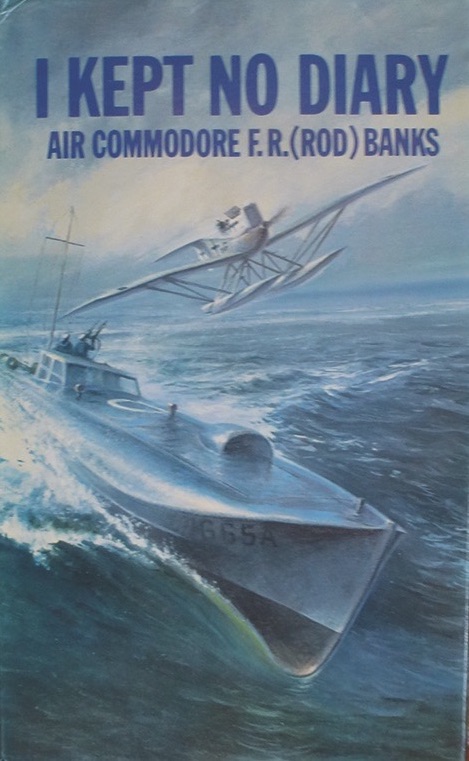
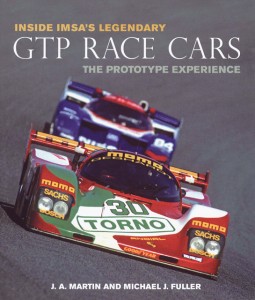
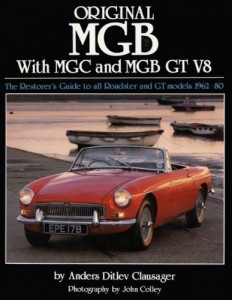

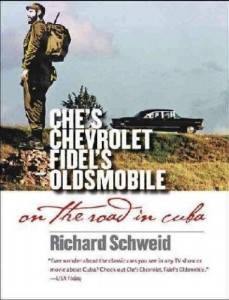


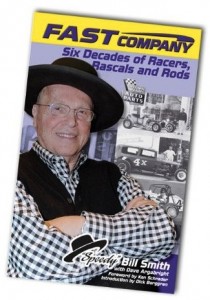

 Phone / Mail / Email
Phone / Mail / Email RSS Feed
RSS Feed Facebook
Facebook Twitter
Twitter